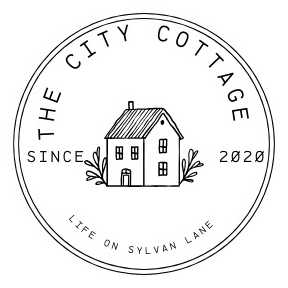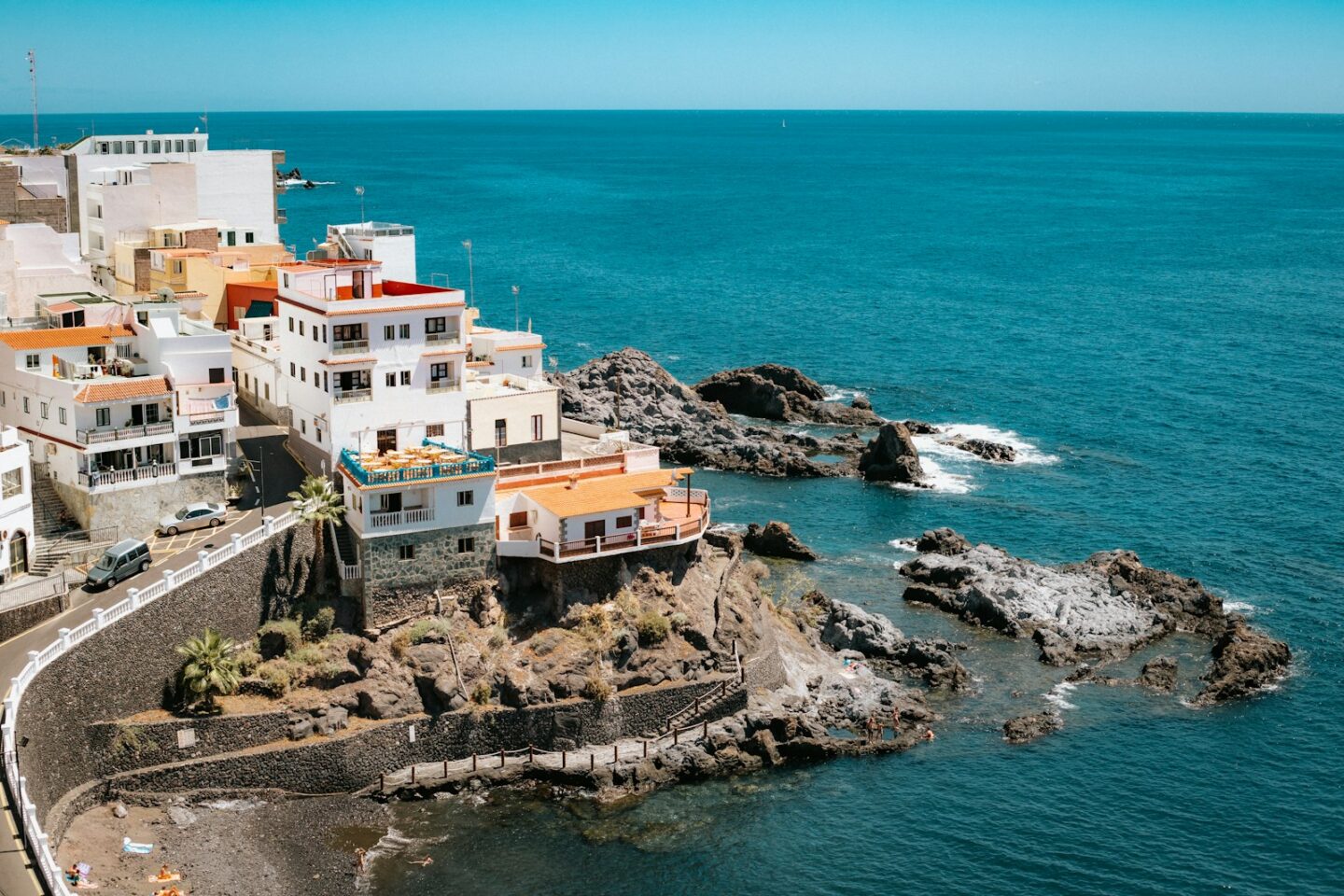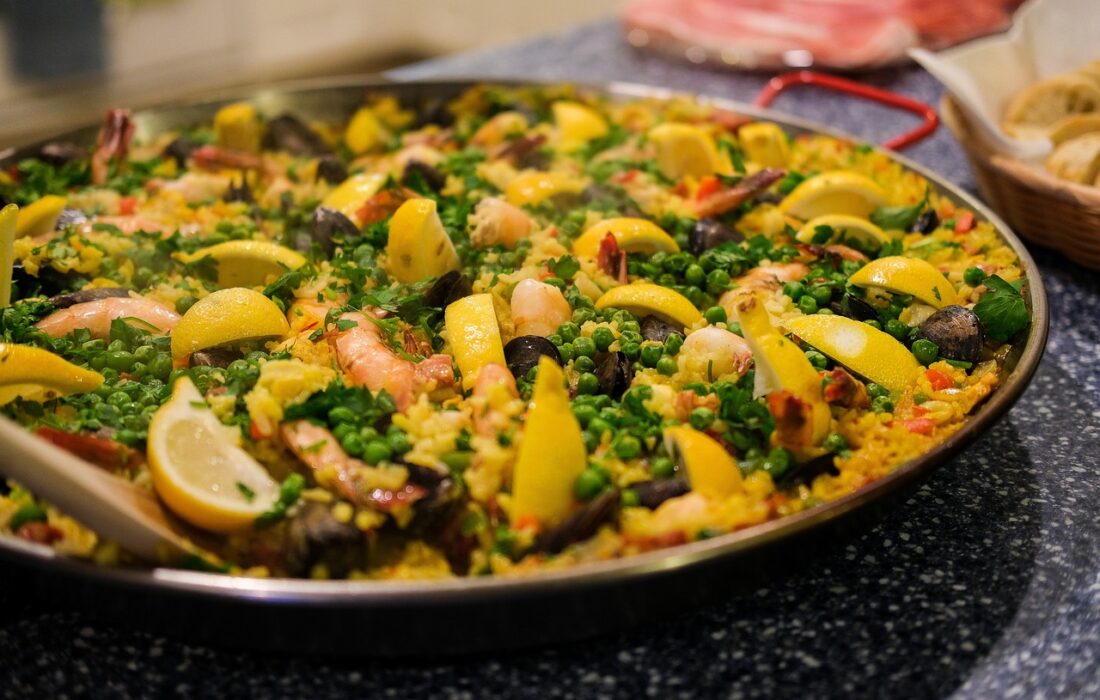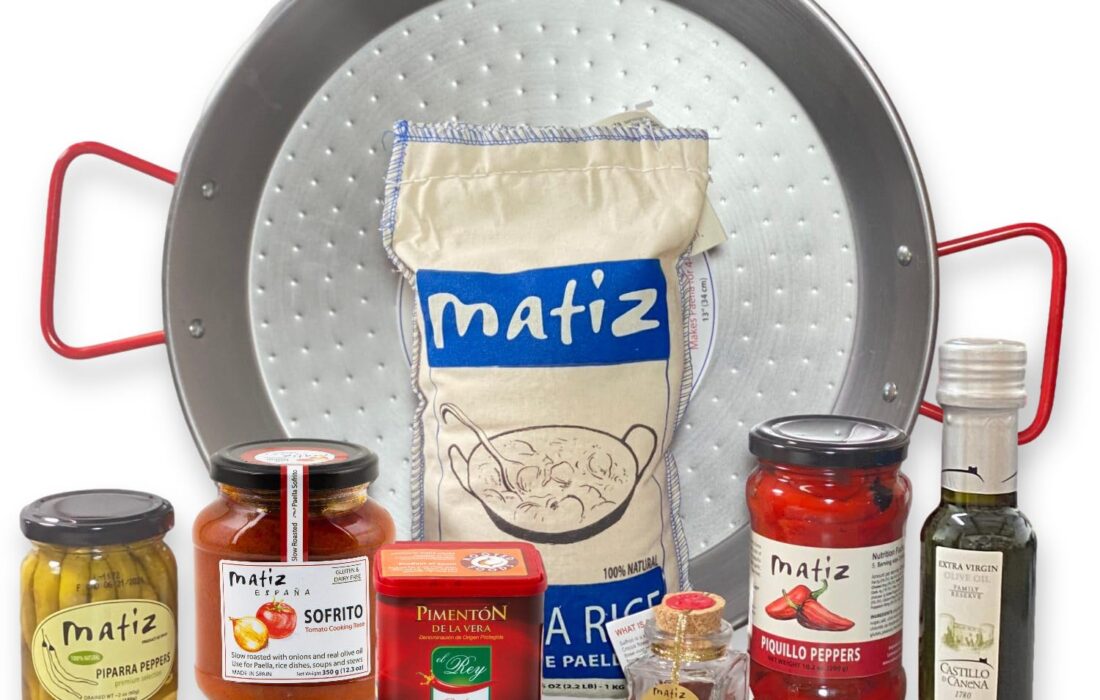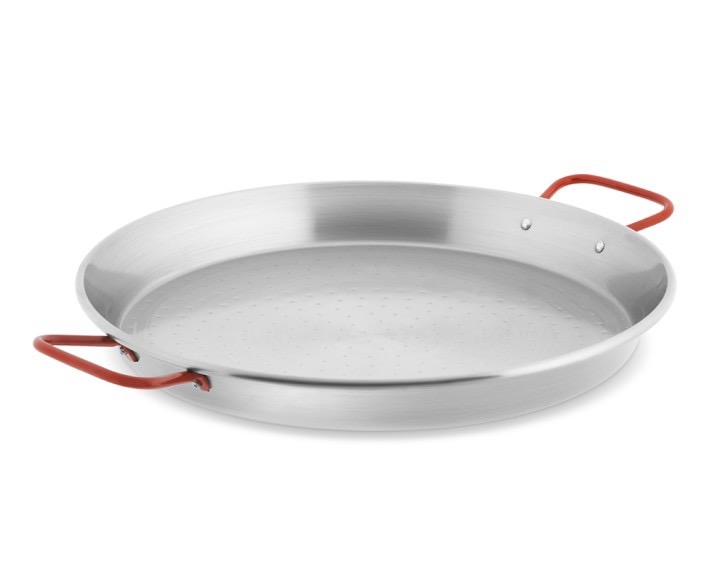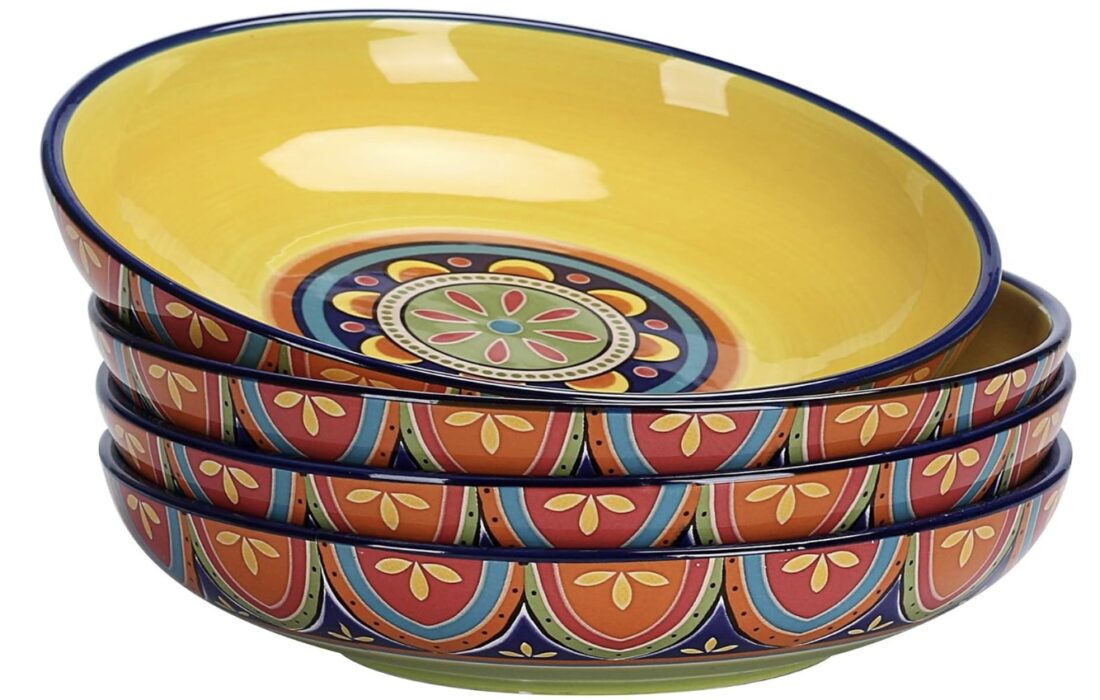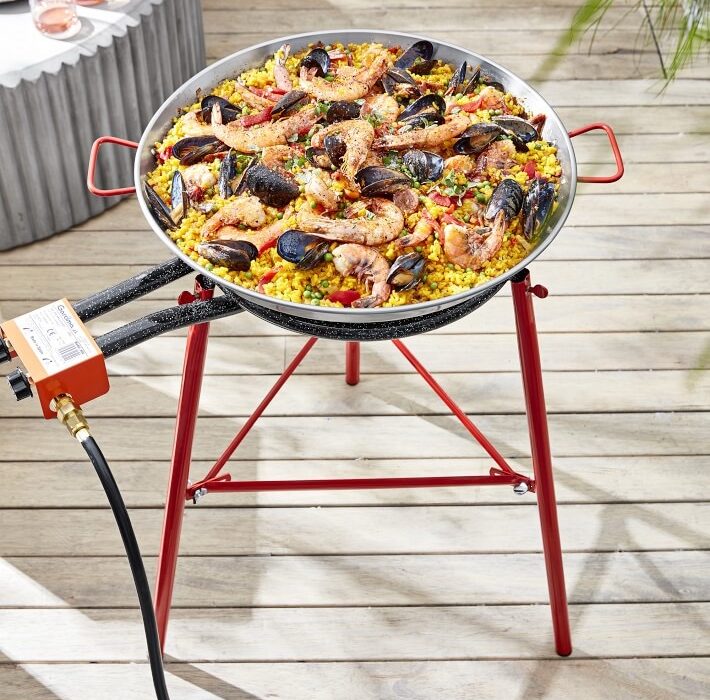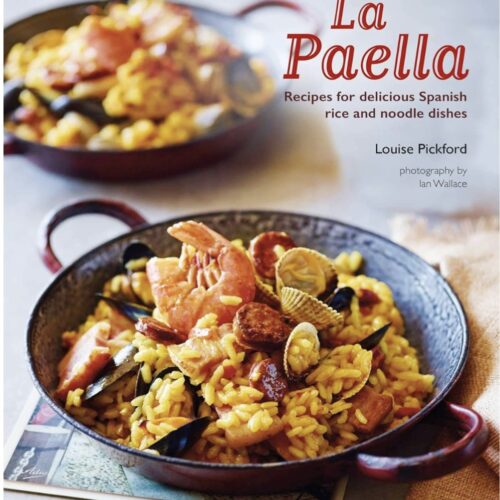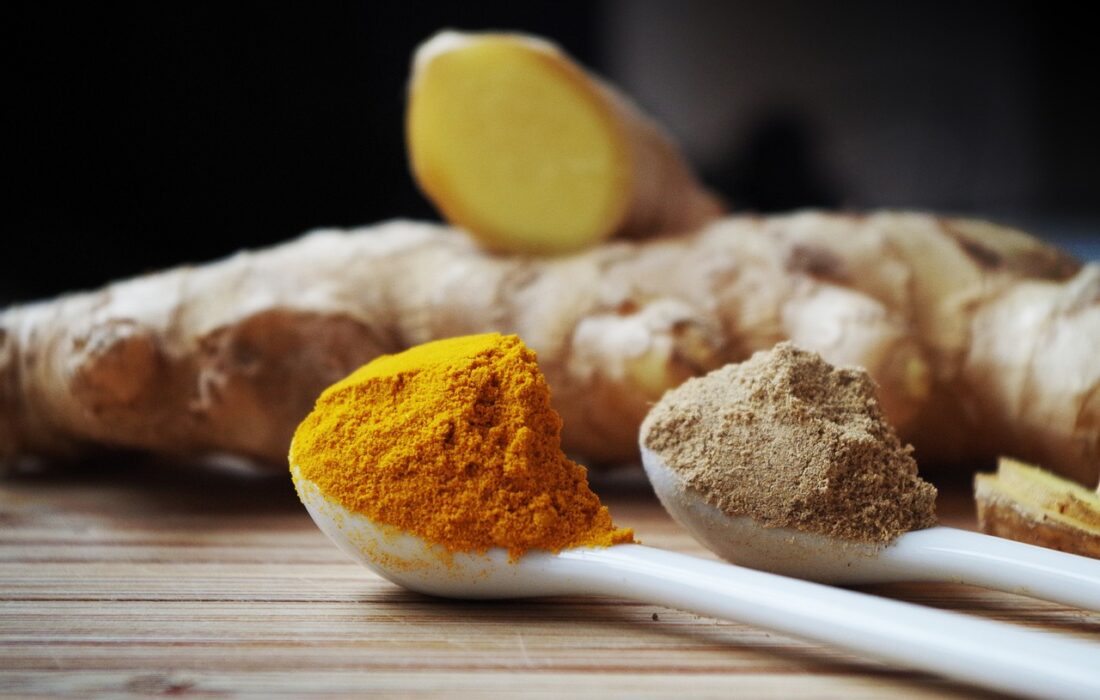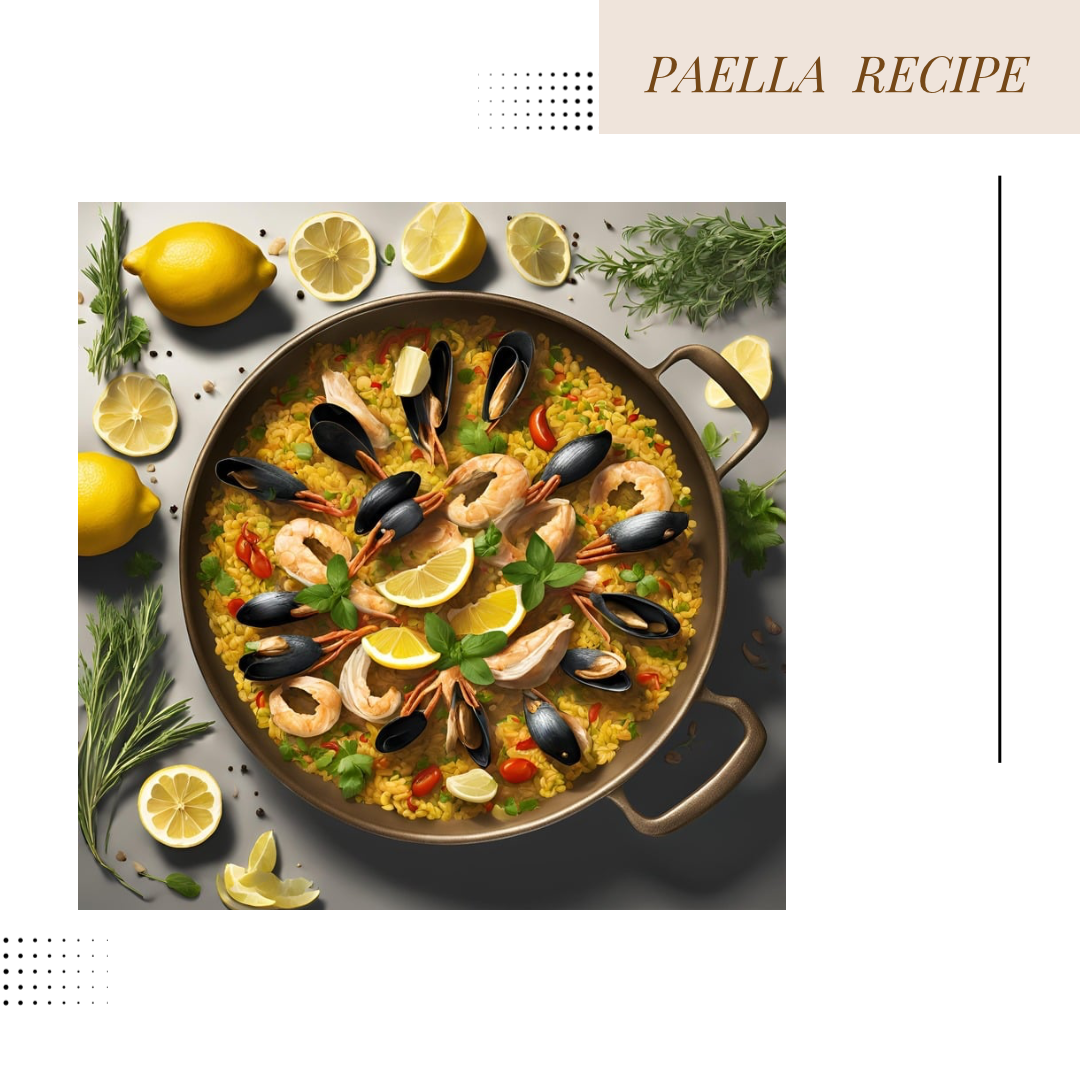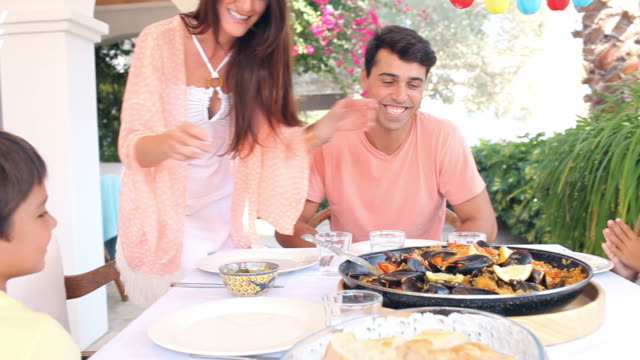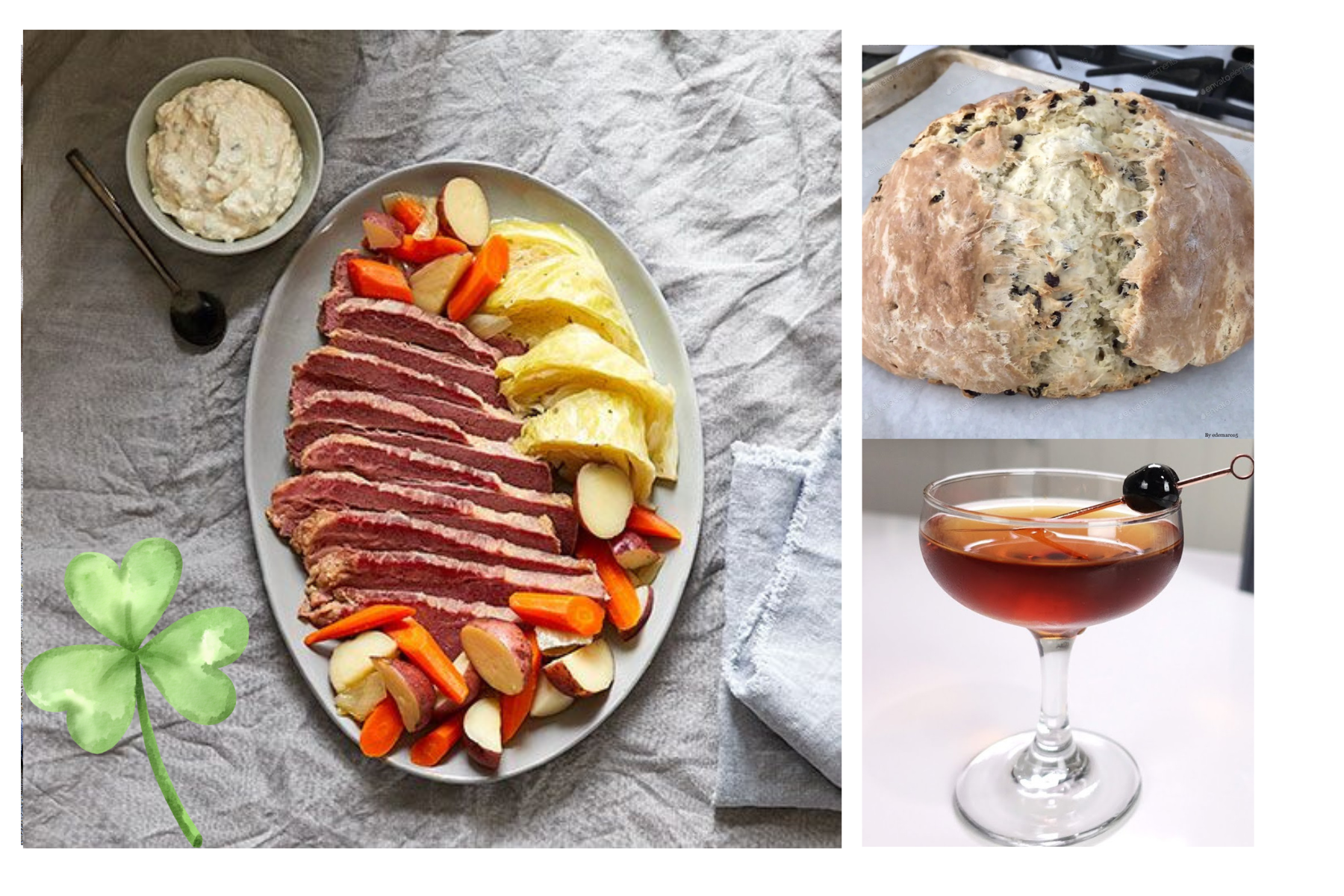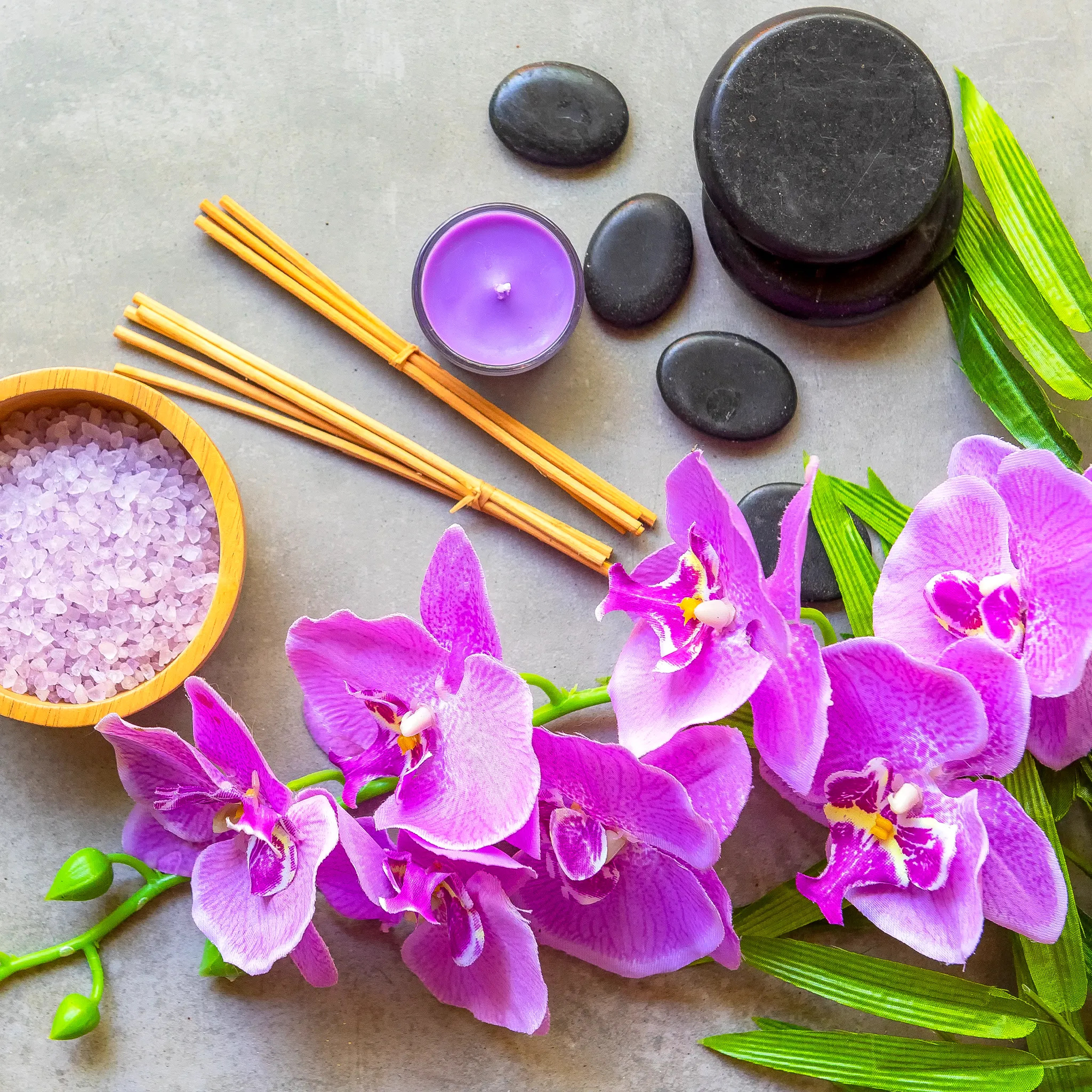History of Paella and Recipe
Ever wondered how a humble rice dish became an iconic symbol of Spanish cuisine? Join me as we delve into the rich and flavorful history of Paella – from its humble origins to its modern-day variations. Get ready to tantalize your taste buds and uncover the secrets behind this beloved culinary masterpiece!
Paella is a Spanish rice dish that includes different combinations of vegetables and meats, characteristically seasoned with saffron, but also has other spices depending on the recipe and area in Spain it comes from.
What does it Mean?
The dish Paella is said to to be a perfect union between 2 cultures from Spain, the Romans, for the pan and the Arab, that brought rice.
There is an old story of how the Moorish kings’ servants created rice dishes by mixing the left-overs from royal banquets in large pots to take home. It is said by some that that word paella originates from the Arab word “baqiyah” meaning left-overs.The term Paella actually refers to the pan that it is cooked in. All the way back to the ancient Sanskrit language the term Paella means …to drink, and the Roman culture from the latin made words like Patera, Patina , Patella which could mean a container to drink, or perform other culinary functions.
It would seem a natural dish, since rice is grown in Spain, and all meats, and seafood in some regions are plentiful, that this dish would be a natural. Since there are many workers in the fields, cooking it over an open fire also would be the most practical. Spain is not known for forests and lots of timber, so the small available twigs and branches from pruning that are green gave a quick hot fire instead of a slow burning one from logs.
So the size of the pan grew instead of the depth, so you could get a hot fire a maximum evaporation.
Most experts agree that the dish was developed in the Spanish city of Valencia.
Paella Planning
Creating an authentic paella experience at home is easier than you think with the right tools. A quality paella pan, a proper long-handled spoon, and a well-seasoned cookbook set the stage for a delicious meal, whether you’re cooking indoors or over an outdoor paella burner. A convenient oven-baked paella starter kit makes the process even simpler, helping you achieve that perfect balance of flavors. And of course, serving your creation in beautiful Spanish dishes adds to the charm, making every bite feel like a trip to Spain. With just a few essentials, you can bring the magic of paella right to your table!
Cooking Paella Over Fire
The Paella traditionally is cooked over an open fire. The Mediterranean is known for developing the art of frying, because of the lack of good slow burning firewood. The available branches were of high acid content that made a very hot fire.
The Rice
Two types of rice of Spain is small rounded medium size grains that absorb the flavors and stock well, but keep their shape. This is different than the rice for Risotto that breaks up a bit and develops a creamy texture.
The Meats
Depending on the region in Spain , the meats and vegetables added to the Paella vary. Paella can have several or no meats in it, here are a few of the traditional ones. Rabbit, or chicken, snails, Spanish smoked sausage like Chorizo. Snails are common. Seafood can be shrimp, mussels, clams, lobster and crab.
The Vegetables
Your onions and garlic are a must, and very often you will see fresh peas or beans as a garnish.
Artichoke quarters and red bell peppers are often used as well.
The Seasoning
Saffron is seen on every Paella recipe that I have looked at. It gives not only a nice background flavor that is earthy, but a nice color.
Garlic is a must and often you see Spanish paprika, many chefs recommend the smoked paprika.
How Do You Eat It?
The Style it is eaten in….. Paella is served family style traditionally in Spain on a round table with the pan in the center. Usually eaten right out of the pan and not on plates. This way you don’t over mix the congealed structure of the rice too much by agitation. Lemon wedges to the flavor.
The Style It is Eaten In…..Paella is served family style traditionally in Spain on a round table with the pan in the center. Usually eaten right out of the pan and not on plates. This way you don’t over mix the congealed structure of the rice too much by agitation. Each guest starts at the perimeter of the Paella and works toward the center. Lemon wedges to accent the flavor
“Paella is not a Dish...It is an Event...”
“Chef M”
Conclusion
Paella isn’t just a dish; it’s a cultural journey that brings people together around a shared love for good food and good company. From understanding the meaning behind its name to mastering the art of cooking it over an open fire, we’ve explored every flavorful aspect. Whether you’re savoring it straight from the pan with friends or family, Paella isn’t just a meal – it’s a celebration of tradition, flavor, and togetherness that transcends borders and brings joy to every bite.
If you have never tasted it, I encourage you to try to find a restaurant in your area that has it. You won’t be disappointed, I am sure of that.
Enjoyed this post? Let’s stay connected!
📌 Follow me on Pinterest for daily home inspiration!
📷 Join me on Instagram for behind-the-scenes styling tips.
🛍 Shop my favorite home finds here.
📧 Subscribe to my newsletter for exclusive styling tips & freebies!
*This post may contain affiliate links. This means I may earn a small commission at no extra cost to you when you make a purchase. Thank you for supporting The City Cottage!*
Before You Go . .
Enjoyed this post? Let’s stay connected!
📌 Follow me on Pinterest for daily home inspiration!
📷 Join me on Instagram for behind-the-scenes styling tips.
🛍 Shop my favorite home finds here.
📧 Subscribe to my newsletter for exclusive styling tips & freebies!
This post may contain affiliate links. This means I may earn a small commission at no extra cost to you when you make a purchase. Thank you for supporting The City Cottage!
